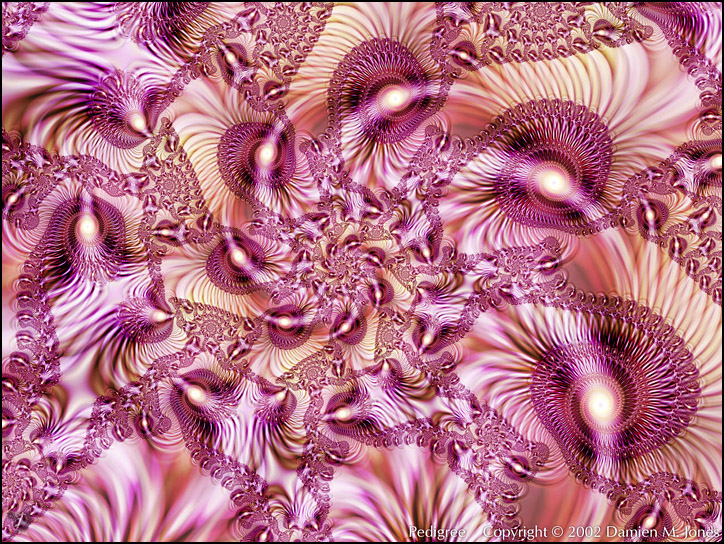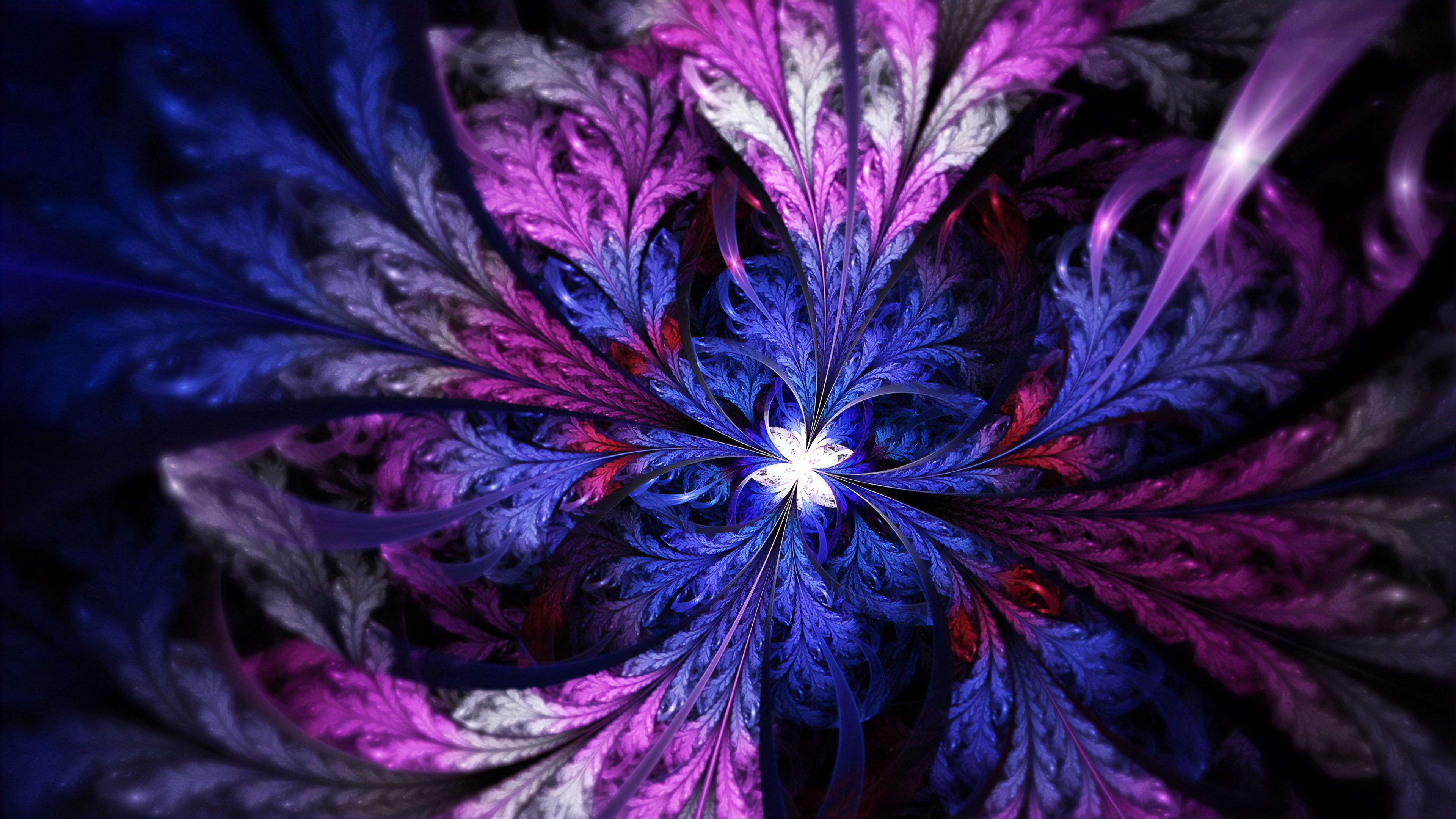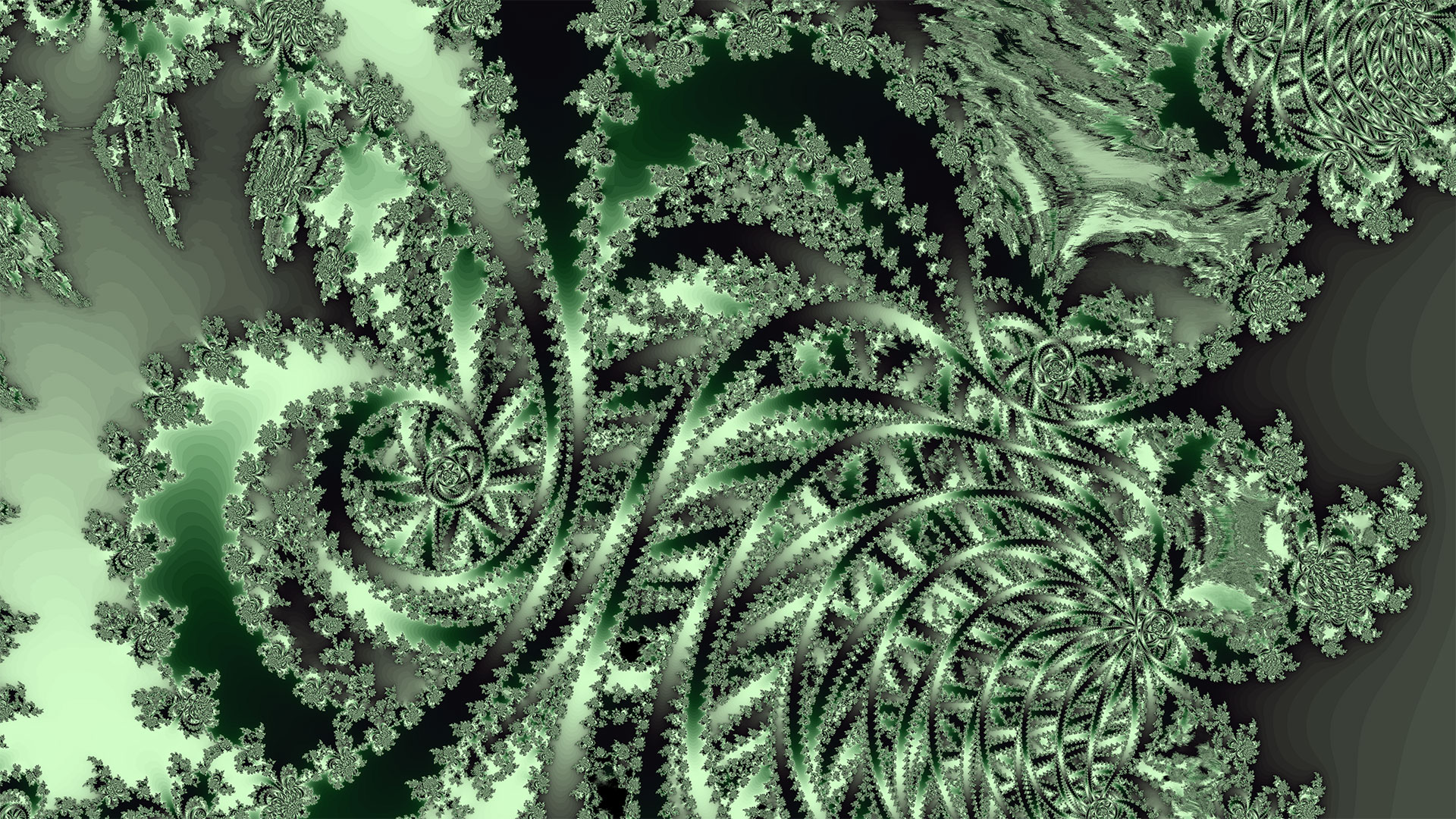

Hausdorff dimension is the best way to measure fractal dimension of a bounded subset of R n since it considers all the possible coverings (of a given diameter) that the bounded subset may admit, and it possesses better analytical properties than the box dimension. For a complete treatment of Hausdorff dimension we refer to the book by Edgar. Mandelbrot conjectured in 1985 that the Hausdorff dimension of the boundary of the Mandelbrot set is 2, which was proved by Shishikura using the concept of bifurcation of parabolic periodic points.

Ultra fractal 6 personal images software#
Some additional book recommendations and fractal generating software are discussed in Section 10. For a unified list of almost all the works by Mandelbrot and others on fractal geometry we refer to. The book is oriented towards a narrative of Mandelbrot’s life and the amazing journey on how from a child in Warsaw he became a scientist at Yale University. Memoirs of a Scientific Maverick, the memoirs started by Mandelbrot and published later in the year 2012 post his demise.

Some articles in this monograph are very technical while others are entirely descriptive and every article include stories about Mandelbrot. We particularly refer to the monograph entitled “ Benoît Mandelbrot: A Life In Many Dimensions”, which is a collection of articles written by researchers who worked with Mandelbrot including mathematicians, physicists, biologists, economists, engineers, artists, musicians, and teachers, memorializing the remarkable breadth and depth of his work and accomplishments in science, engineering, and arts. Several books and monographs are available on fractal geometry, its mathematical development, and applications. We will explore several examples of fractals that are making a remarkable impact into technologies of today and will continue to contribute to the future. These applications range from aesthetic designs in art, fashion designing, landscape generation, tessellations, fractal image compression, design of fractal shaped antennas to other innovative and evolving fields of scientific and engineering research. The first part focuses on the glossary of fractals, their mathematical description, aesthetic, artistic, and architectural applications, while the second part is focused on engineering, industry, commercial, and futuristic applications of fractals. This survey explores mathematical and natural fractals with the goal of providing an extensive review and state-of-the-art research, developments, and applications of fractals in two parts. A crucial distinction between ‘mathematical fractals’ and ‘natural fractals’ is that it is possible to zoom in indefinitely on a mathematical fractal (e.g., Mandelbrot set, Julia sets, etc.) whereas in the case of natural fractals, a fractal description is valid only over a small range of scales (e.g., coastlines, clouds, etc.).īroadly speaking, fractals are geometric shapes and patterns that may repeat their geometry at smaller (or larger) scales due to the inherent self-similarity present in the shape.

Ultra fractal 6 personal images how to#
We will see how to quantify the roughness of fractals and in what sense an object can have a fractal (non-integer) dimension. With simple geometry we will learn how to grow basic fractals and how to understand the surprisingly simple rules that define the infinitely complex Mandelbrot set. Most of them share a common property called self-similarity i.e., every small piece contains a copy of the whole shape, or at least a part of the whole that looks like it, and every smaller piece contains still smaller copies of the whole, and so on. Classical geometry is sufficient to understand many geometries in nature, but what about a fern, the silhouette of a tree covered in ice on a hill, the veins in a leaf, the intricate branching of our lungs, brain, or the geometric irregularity of a coastline? Euclidean geometry cannot provide simple descriptions of these shapes, but that does not mean they are without any intrinsic order.


 0 kommentar(er)
0 kommentar(er)
